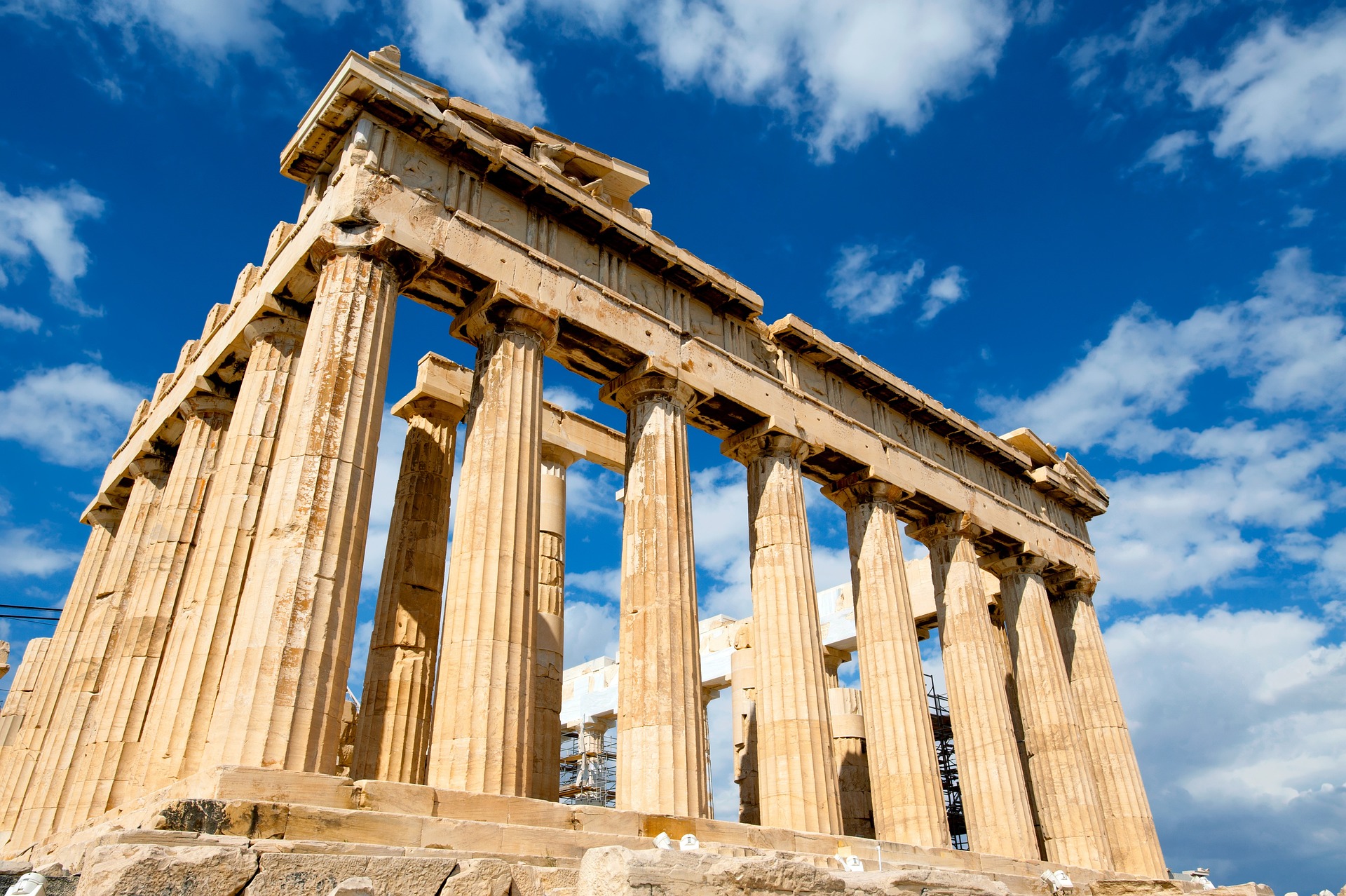The construction of the Parthenon in Athens, Greece, was a monumental architectural project completed between 447 BCE and 432 BCE.
1. Decision to Build (ca. 448 BCE)
After the Persian Wars, Athens became a strong city-state and wanted to show its power. Pericles suggested building the Parthenon to honor Athena, the city’s goddess. The goal was to make the Acropolis a symbol of Athens’ greatness and success.
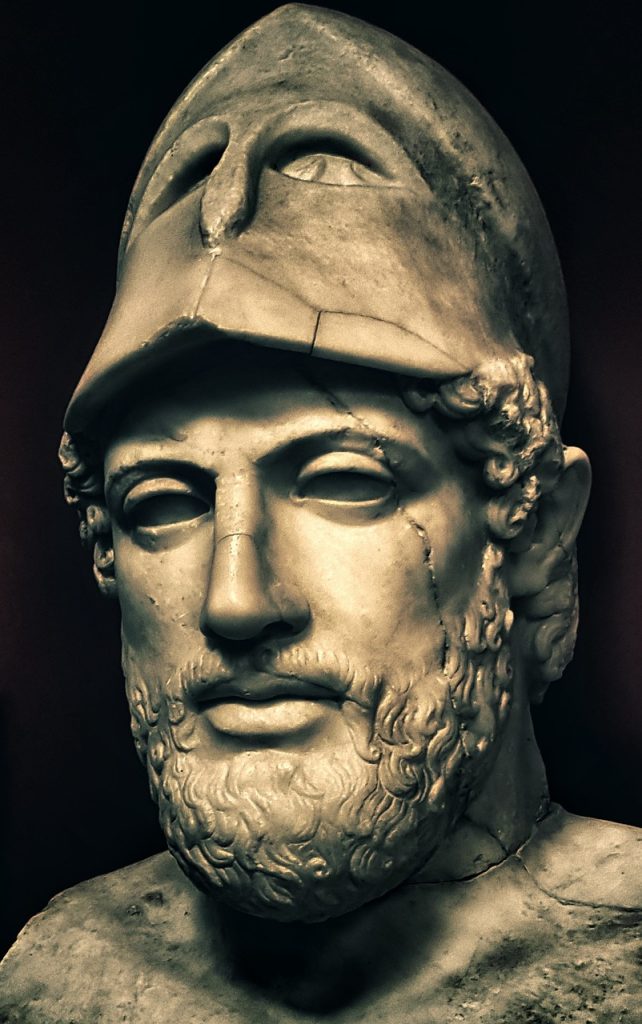
2. Architectural Planning and Design (ca. 448–447 BCE)
The architects Iktinos and Kallikrates planned the Parthenon in the Doric style. They added small adjustments to make it look perfect to the human eye. The famous sculptor Phidias was in charge of the artistic details and the statue of Athena.
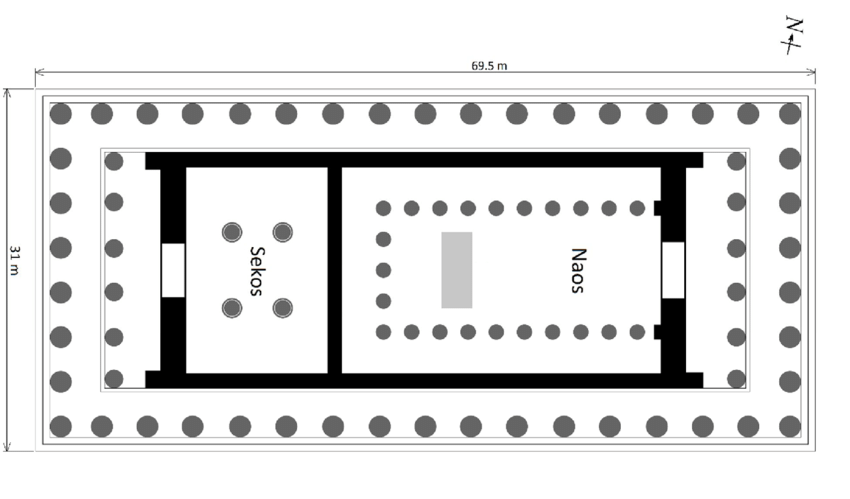
3. Laying of the Foundation (447 BCE)
Construction started with preparing the ground on the Acropolis. Workers made the base flat and used stones from old temples destroyed by the Persians. This gave the Parthenon a strong foundation for the heavy marble structure.
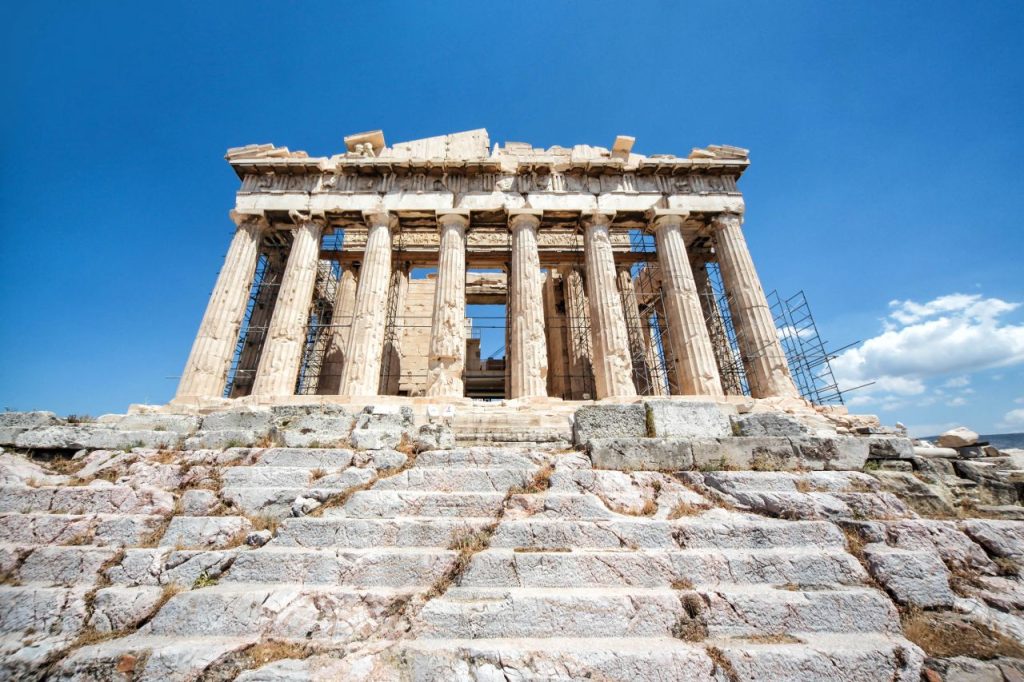
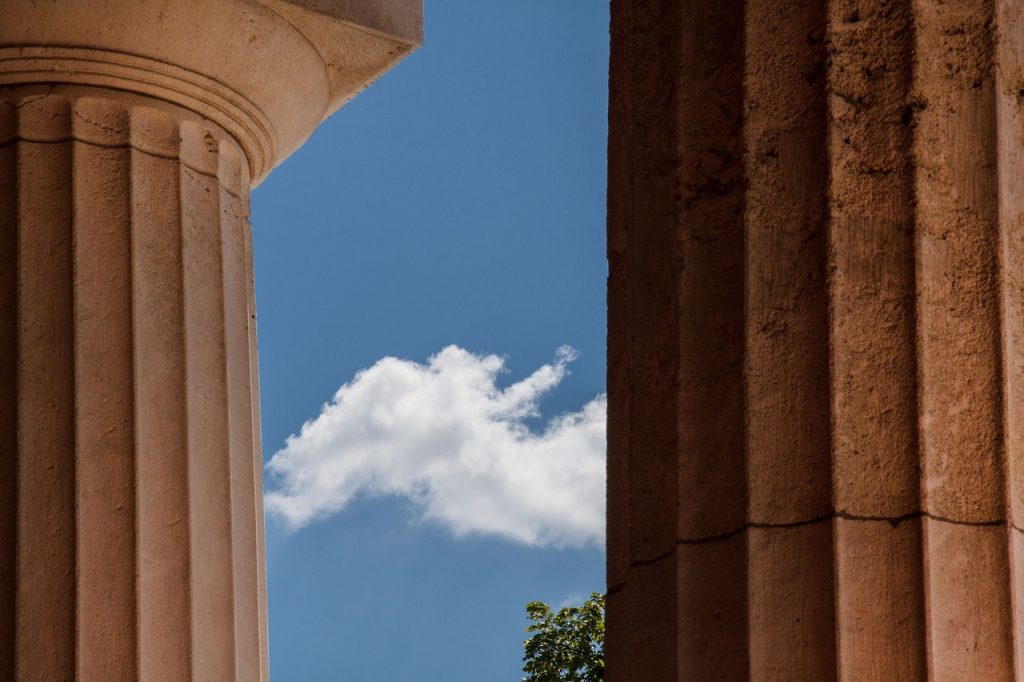
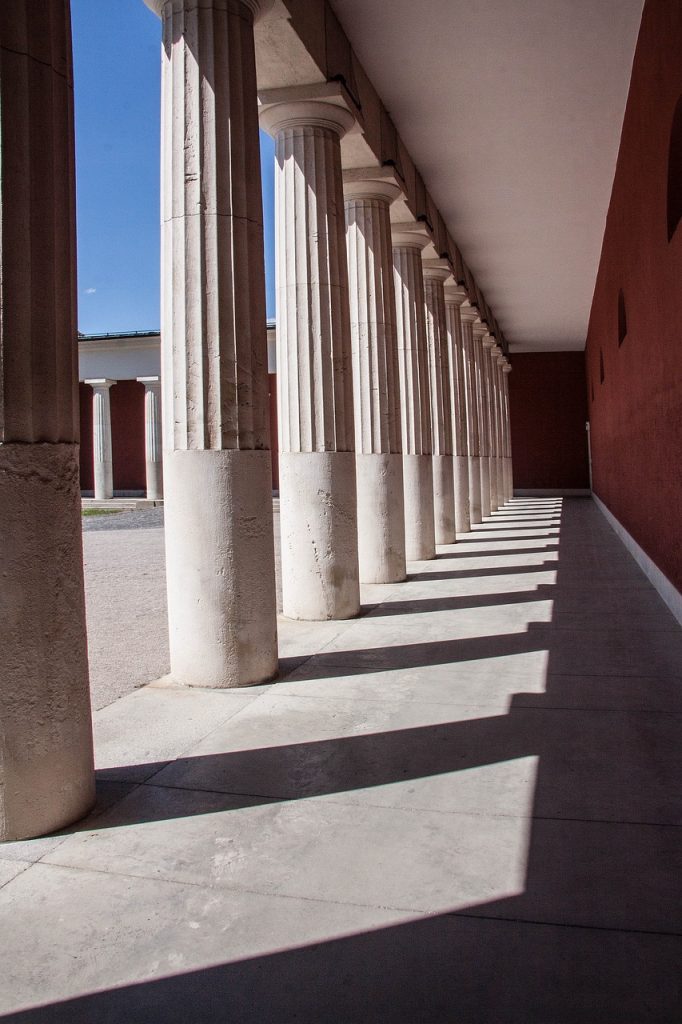
4. Column Construction (447–445 BCE)
The columns were made of Pentelic marble and built in sections, called drums. These were carefully placed and aligned to create the illusion of straight, tall columns. The slight curve, called entasis, made them look more elegant.
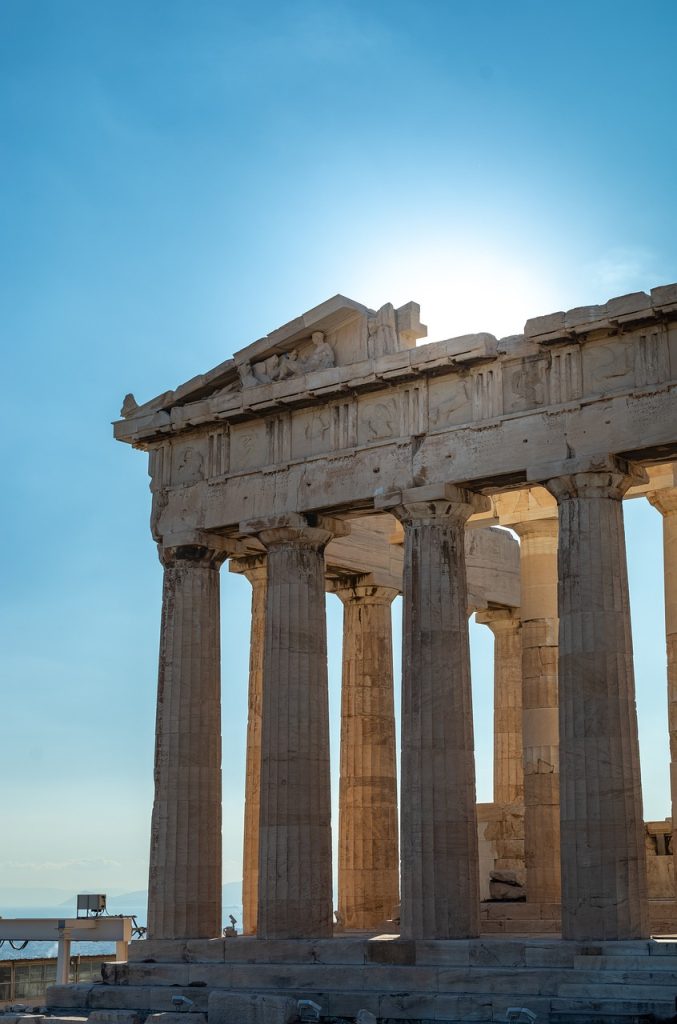
5. Erection of the Superstructure (ca. 445 BCE)
The next step was to add the parts above the columns, like the architrave and frieze. The workers carefully placed these pieces to make sure the building was stable and well-balanced.
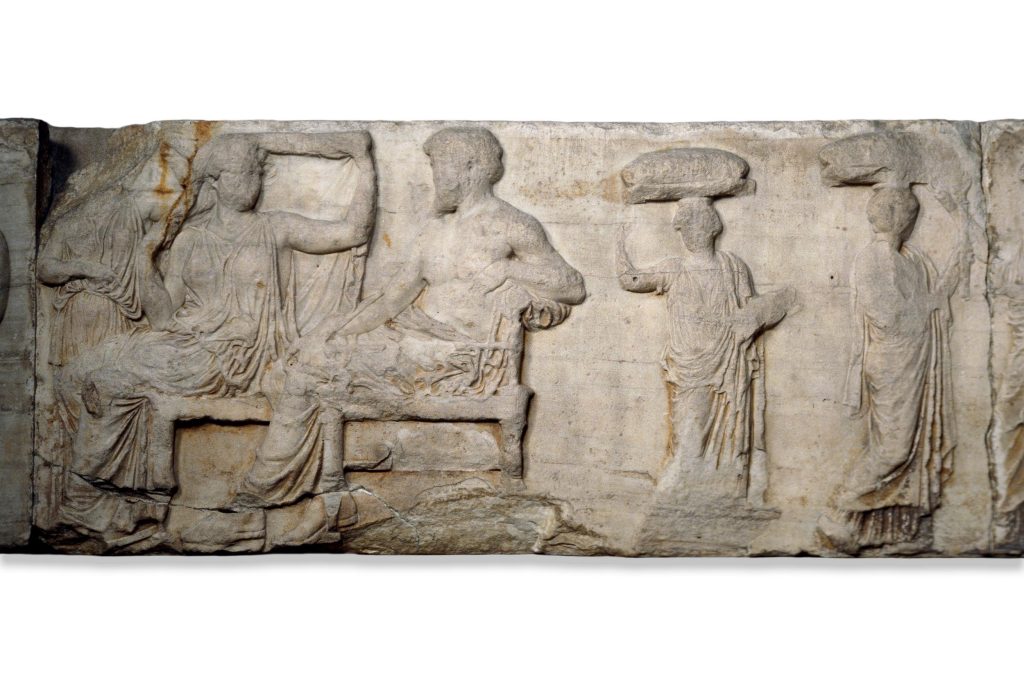
6. Decoration (ca. 444–437 BCE)
Phidias directed the making of the sculptures that decorated the temple. The frieze showed the Panathenaic Procession, an important Athenian festival, and the pediments displayed myths about Athena.

7. Completion of the Statue of Athena (ca. 438 BCE)
The giant statue of Athena Parthenos was made of gold and ivory by Phidias. It was placed inside the temple and became its most important feature. The statue symbolized the wealth and devotion of Athens.
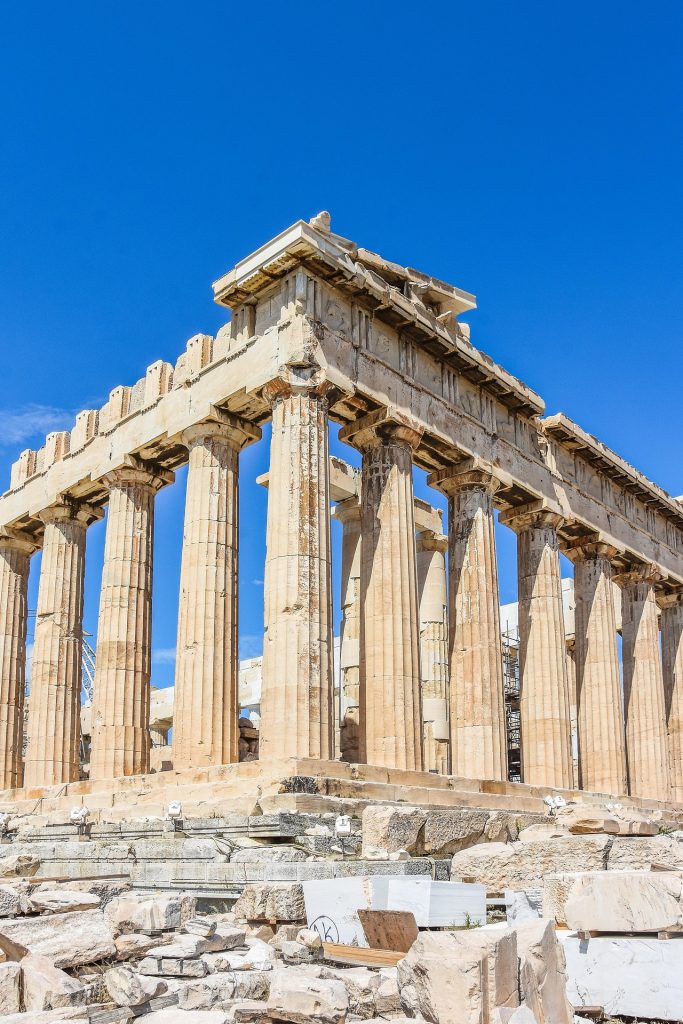
8. Roof and Final Details (437–432 BCE)
The roof was made of marble tiles that protected the temple and reflected sunlight. Extra decorative details were added to complete the building and make it more impressive.
9. Inauguration and Use (432 BCE)
The Parthenon was finished and officially dedicated to Athena. It was used as a temple and a treasury, storing valuable items and representing the power and culture of Athens.
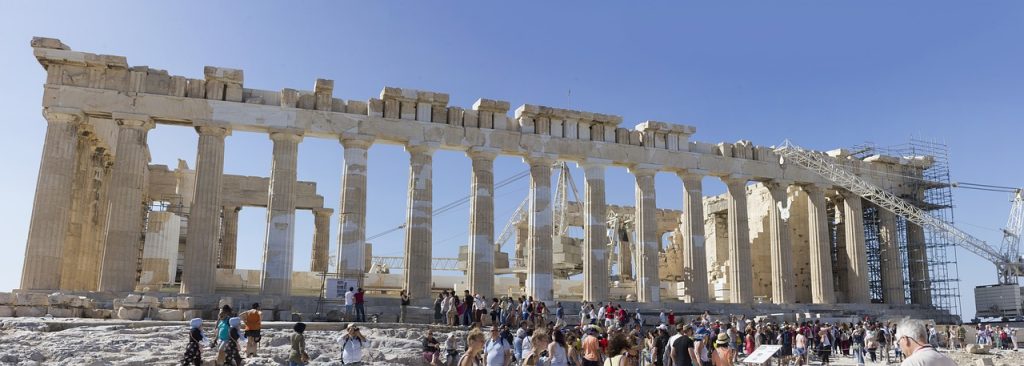
10. Post-Completion Enhancements (Post-432 BCE)
Even after it was completed, some extra sculptures and decorations were added over time. The Parthenon stayed a central part of Athenian religious and public life for many years.
